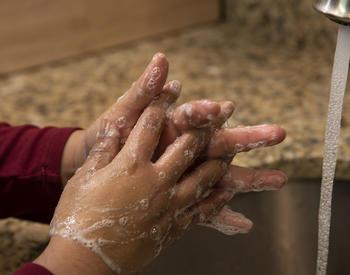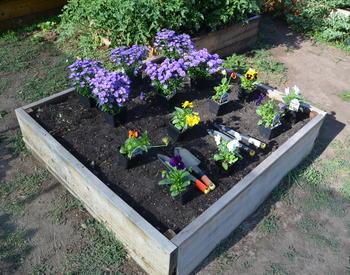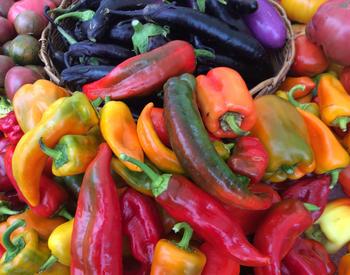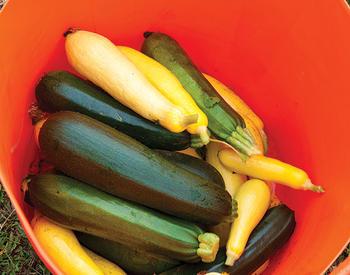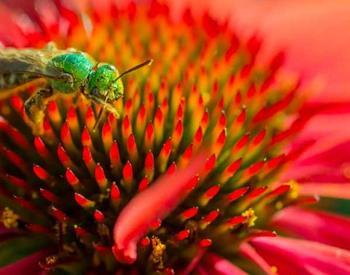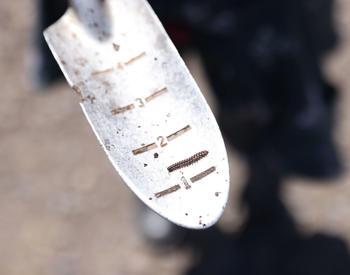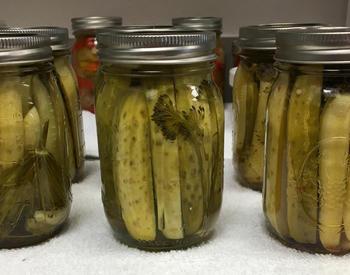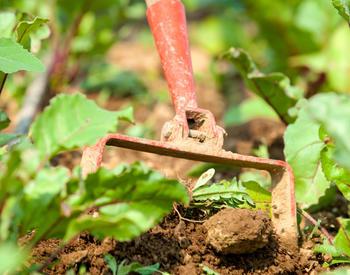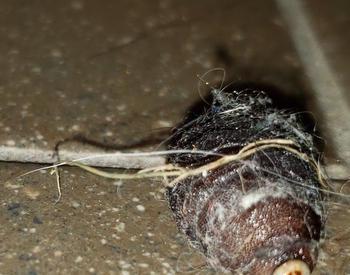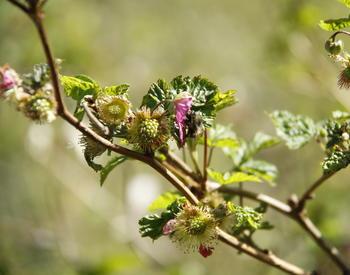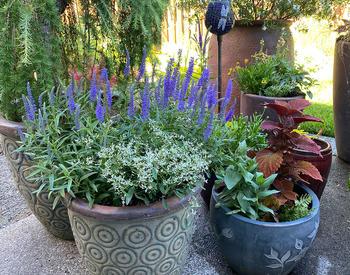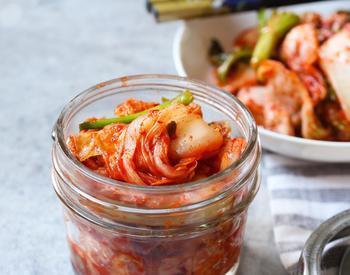When it comes to DIY horticulture information, the internet can be an unreliable source. Besides geographic conundrums — tomato growing information from Georgia is useless in Klamath Falls — sometimes the information provided is just false.
For instance, one perennially resurfacing meme promotes distinguishing between male and female bell peppers by the number of bumps on the bottom of the fruit — complete nonsense. Typically, there is some truth to the horticultural internet sensation, but important specifics are lost from lack of knowledge or through packaging information into tiny, easy-to-consume morsels.
One genre of internet horticultural wisdom to consider is DIY repurposing of kitchen scraps. Articles like “57 ways to feed your family from kitchen scraps” create an unrealistic vision of a sustainable utopia where everyone picks grapefruits off personal trees. Questionable tips leave the experimental repurposer thinking they have a brown thumb when usually there’s just more detail than can fit into a social media meme.
Sprouting inhibitors
Growing a plant from a potato chunk is the most common scrap repurposing tip, and it used to be foolproof. This same tip, also suggested for sweet potato and avocado, often fails due to use of sprouting inhibitors, which may last in storage for several months after application. Success or failure of sprouting potatoes from an “eye” depends more on storage time and what sprouting inhibitor was used than on the skills of the grower.
Hybrids
Unless heirloom varieties are used, seeds from tomatoes, cucumbers, squash, peppers and melons are not worth saving for planting. Almost all vegetables purchased at the store will be hybrids, bred to feature specific characteristics by crossing of parent plant material. Seed from hybrid plants does not produce the same exact plant: it may be infertile and not germinate. Other times, it will sprout, but perform poorly. Rarely, seed from a hybrid does produce viable fruit — possibly unlike the fruit from which the seed was taken. That hybrid seed is not viable is often overlooked in internet DIY horticultural fantasies.
Magical time-lapse is not a thing
Not only is that lemon or grapefruit seed a hybrid (see above), the time between planting that seed and harvesting a grapefruit is years (decades?) of watering, carting that tree inside for the winter while still providing adequate light, fertilizing and contemplating how citrus scale insects found your plant.
Herbs grow much more quickly, and some will produce roots and viable plants when put in water — with enough strong sunlight. Herbs that are in flower when cut, and chive and onion leaves, aren’t going to grow roots despite what a video seems to show.
Climate and growing zones are a thing
Grow your own pineapple indoors! According to the internet, all that’s needed is to cut the top off a pineapple, stick it in soil, and keep it warm. In truth, it’s pretty easy to get a starter plant from rooting a pineapple top. Carrying one to fruiting maturity outside of the tropics requires either a heated greenhouse or a timed lighting system inside the house. The internet says to keep the pineapple plant warm: Many interpret that as above freezing, but in fact 55°F is “cool” to tropical plants.
Plant parts matter
As article ideas are recirculated, details are lost in translation.
It is possible to sprout lettuce from the core or “stem” of a lettuce that has been harvested whole. After leaves have been removed, the core can be planted or held in water to root, then replanted. However, internet articles on repurposing kitchen scraps are equally split between sharing the above method, and suggesting that a new plant can be generated by rooting a single lettuce leaf — untrue.
Likewise, cilantro and parsley will not root from a leaf the way basil and mint will. This is because roots are generated at only nodes. Similarly, root crops — beets, turnips, carrots — are mentioned as regeneration candidates. Sure, if leafy greens are desired. But a new edible carrot or beet is not going to develop from that root.
Those magical time-lapse videos show the sprouts coming out of the carrot or turnip top, then stop — no actual carrot or turnip is ever pulled from that windowsill pot. While it is certainly possible to regenerate plants from some kitchen scraps, understanding the science behind plant propagation will make these efforts more successful.
